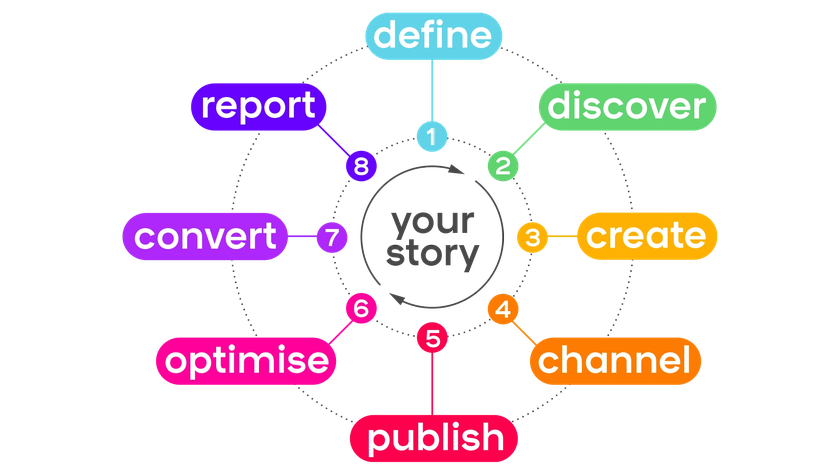Go deeper with follow-ups
You know what happens when you keep tapping into new topics, discussing something briefly and then moving on to the next? You create story orphans: stand-alone articles on topics that are just touched upon briefly and then let go. They aren't explored any further or followed up over time.
Articles that dive deeper can actually be pretty valuable for your readers. People may want to know about the backstory of a certain event, read an explainer for context or learn how similar events unfolded in a different, comparable situation. The trick is to create follow-ups with different perspectives on the same subject. The best part is that you can link these together with tags to keep people on your site and engaged for longer.
Explore different story perspectives
So, instead of giving the same breaking news updates as every other outlet, you could explore the topic further. Is there a unique angle in which you can cover this news fact? If so, exploit it by creating interesting follow-ups from a different perspective through the news user needs approach. We've discussed this in great detail in other places on this website, and we highly recommend you take a look!
What the user needs model offers news publishers is six different perspectives to cover the news - five complementary approaches to sit alongside the usual ‘update me’ articles. By focusing on covering one topic in multiple ways, you can create a nice comprehensive content piece that invites people to click through, thus heightening attention time on your website. Choose your subjects wisely, and always make sure that the subjects you’re choosing to cover matches your brand identity.
Note:
This does not mean you should stop covering breaking news, or unpopular stories, altogether. Maybe you have an important public task as a local broadcaster. Your job is to report and inform - not just on the interesting subjects, but also the important ones that are very much related to your brand or region.
After all, if you're a news organisation, your job is to publish news - especially if it's breaking.
Your reporting should be original and valuable, but also comprehensive. (And remember to always make it more valuable for your audience by asking yourself questions like: ‘what makes this news relevant for them?’, ‘how will it affect their lives?’, ‘why is it important they know this?’ etc.)



